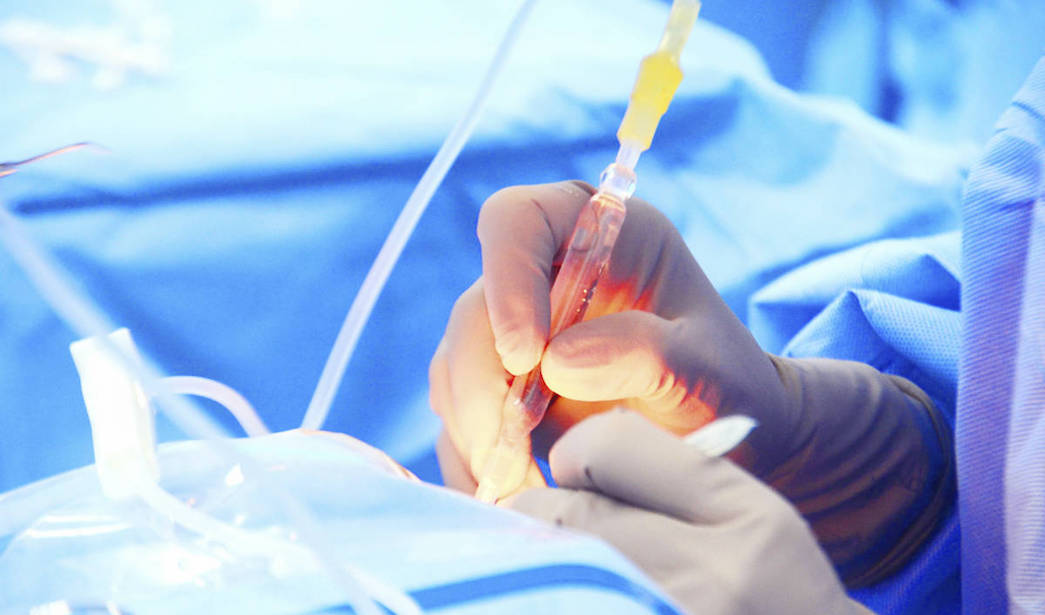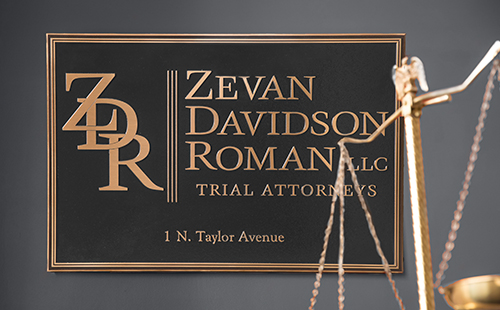Surgical Errors and Cataract Surgery
Cataract surgery is performed to restore a person’s vision.
After the surgery, the patient is required to wear glasses for a few days, but the new synthetic lens is permanent and the person should experience better vision as the eye heals. According to statistics available, as many as 3 million people undergo cataract surgery every year.
Types of Cataract Surgery
Cataract surgery is an effective treatment for cataracts and involves cutting into the capsule of the cloudy lens, removing the natural lens, and replacing it with a synthetic one. Cataract surgery is known as capsulotomy. The common types of cataract surgery are:
- Extracapsular cataract extraction (ECCE) – A commonly used procedure that allows the surgeon to remove the cloudy lens without damaging the capsule. Before extraction, the surgeon uses high-frequency sound waves or phacoemulsification to break apart the lens.
- Intracapsular cataract extraction (ICCE) – Is used under special circumstances, such as when the patient has suffered an eye trauma.
Complications of Cataract Surgery
- Posterior Vitreous Detachment (PVD) – Although this complication may not affect a patient’s vision, it may lead to some serious conditions that can affect the edges of the retina.
- Posterior Capsular Opacification – A common complication following cataract surgery when the capsular cells migrate and cause fresh cloudiness in the lens capsule. However, it can be corrected using laser techniques.
- Posterior Capsular Tears – Usually the result of surgical error. It occurs when the surgeon accidently tears or ruptures the posterior capsule of the lens. According to available data, five percent of surgeons commit this error.
- Toxic Anterior Segment Syndrome – An inflammatory condition (non-infectious) and is normally treated with topical corticosteroids, which is known to increase the risk of cataracts.
- Retinal Detachment – A rare and serious complication which involves the separation of the retina.
- Glaucoma – Characterized by blurriness of vision associated with high blood pressure and swelling. It can occur after the surgery and may be difficult to control.
- Endophthalmitis – A serious infection of the eye tissues that can result from surgery. An incision to the clear cornea during the surgery is known to increase the risk of this infection.
Other complications associated with cataract surgery include swelling of the cornea, swelling of the central part of the cornea, hyperopia or myopia, dislocation of the synthetic lens, floaters, and cyanopsia in which the vision is tinted blue.
Surgical Errors
A surgeon must quickly identify and treat any post surgical complications. Surgical error or failure to identify and respond to any potential problems before or after the surgery can create further complications and have a serious effect on the patient’s eyesight. These complications can lead to blurriness or loss of vision.
If you have experienced complications after cataract surgery because of surgical error, consult with the St. Louis surgical error attorneys at Zevan and Davidson Law Firm, LLC at (314) 588-7200.
Missouri Medical Malpractice Lawyer
If you have suffered as a result of medical malpractice, contact our legal team right away. Waiting to seek legal representation can prevent you from filing a claim and receiving the compensation you deserve.
Contact Zevan Murphy today.

